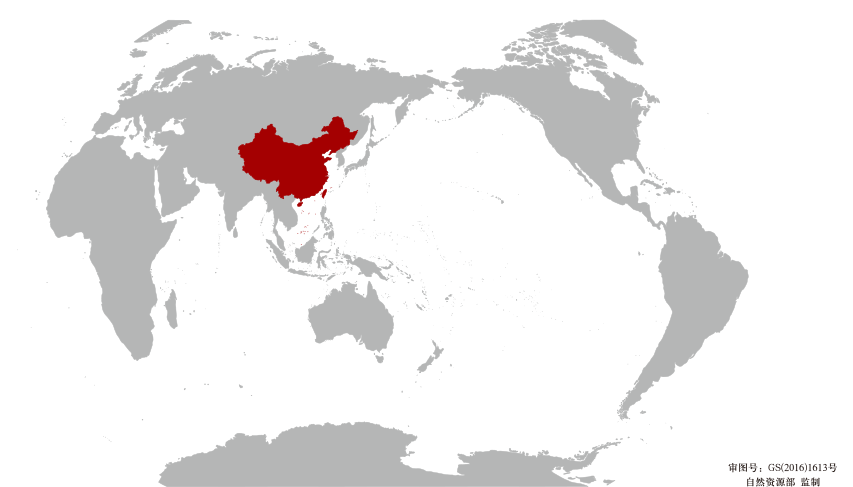Loose Knit Fabric is popular for its unique weaving structure and comfort. In order to understand the characteristics of this fabric, it is very important to explore its production process. The production of Loose Knit Fabric includes multiple steps such as yarn selection, weaving process, and post-processing process, and each step plays a vital role in the quality and performance of the final product.
1. Yarn Selection
The step in producing Loose Knit Fabric is to choose the right yarn. The quality of the yarn directly affects the feel, breathability and durability of the fabric. The yarns commonly used in Loose Knit Fabric are:
Cotton yarn: soft and good at moisture absorption, suitable for making underwear.
Bamboo fiber yarn: has natural antibacterial properties and breathability.
Blended yarn: By mixing different types of fibers, the comprehensive performance of the fabric is improved, such as increasing elasticity, durability and comfort.
Choosing the right yarn should not only consider its physical properties, but also be adjusted according to the intended use of the fabric. For example, Loose Knit Fabric for summer clothing may require thinner, more breathable yarns, while those for sportswear require yarns with higher elasticity.
2. Weaving process
The uniqueness of Loose Knit Fabric lies in its loose weaving structure. Unlike tightly knitted fabrics, Loose Knit Fabric uses less yarn in the weaving process to form larger and more obvious pores. The specific weaving process includes the following steps:
Setting the parameters of the knitting machine: Adjust the parameters of the knitting machine according to the desired looseness and the characteristics of the yarn. Loose Knit Fabric usually requires a lower weaving density and a larger needle length to form a breathable fabric structure.
Weaving process: The yarn is woven according to the preset weaving pattern. The weaving pattern of Loose Knit Fabric can be varied, and different visual effects and feel can be created by changing the knitting pattern and structure.
Quality control: During the weaving process, the quality of the fabric needs to be constantly monitored to ensure that there are no problems such as broken threads and skipped stitches. At the same time, the looseness and pore size of the fabric should also be checked to ensure that it meets the design requirements.
3. Post-processing process
After weaving, Loose Knit Fabric needs to go through a series of post-processing processes to enhance its performance and appearance. The main post-processing processes include:
Pre-shrinkage: Loose Knit Fabric is prone to shrinkage during washing, so pre-shrinkage is required. By controlling the temperature and humidity, the fabric is moderately pre-shrunk to ensure its dimensional stability in future use.
Dyeing and printing: The fabric is dyed or printed according to the design requirements. Due to its loose structure, Loose Knit Fabric needs to pay special attention to the uniform distribution of the dye when dyeing to ensure consistent and bright colors.
Softening: In order to improve the feel of the fabric, softening can be performed. By using softeners, the fabric is made softer and more comfortable, improving the wearing experience.
Finishing and shaping: Finally, the fabric is finished and shaped. Through mechanical or chemical means, the surface of the fabric is made smoother and the size is more stable, improving its overall appearance and quality.
4. Quality inspection
The last step in the production process is quality inspection. Through a series of testing methods, ensure that the various performance indicators of Loose Knit Fabric meet the requirements. The main test items include:
Dimensional stability: Test the dimensional changes of fabrics during washing and wearing.
Color fastness: Test the stability of fabric color under washing, friction, etc.
Breathability: Test the air circulation performance of fabrics to ensure their breathability.
Strength and durability: Test the tensile strength and wear resistance of fabrics to ensure their service life.


 英语
英语 西班牙语
西班牙语















